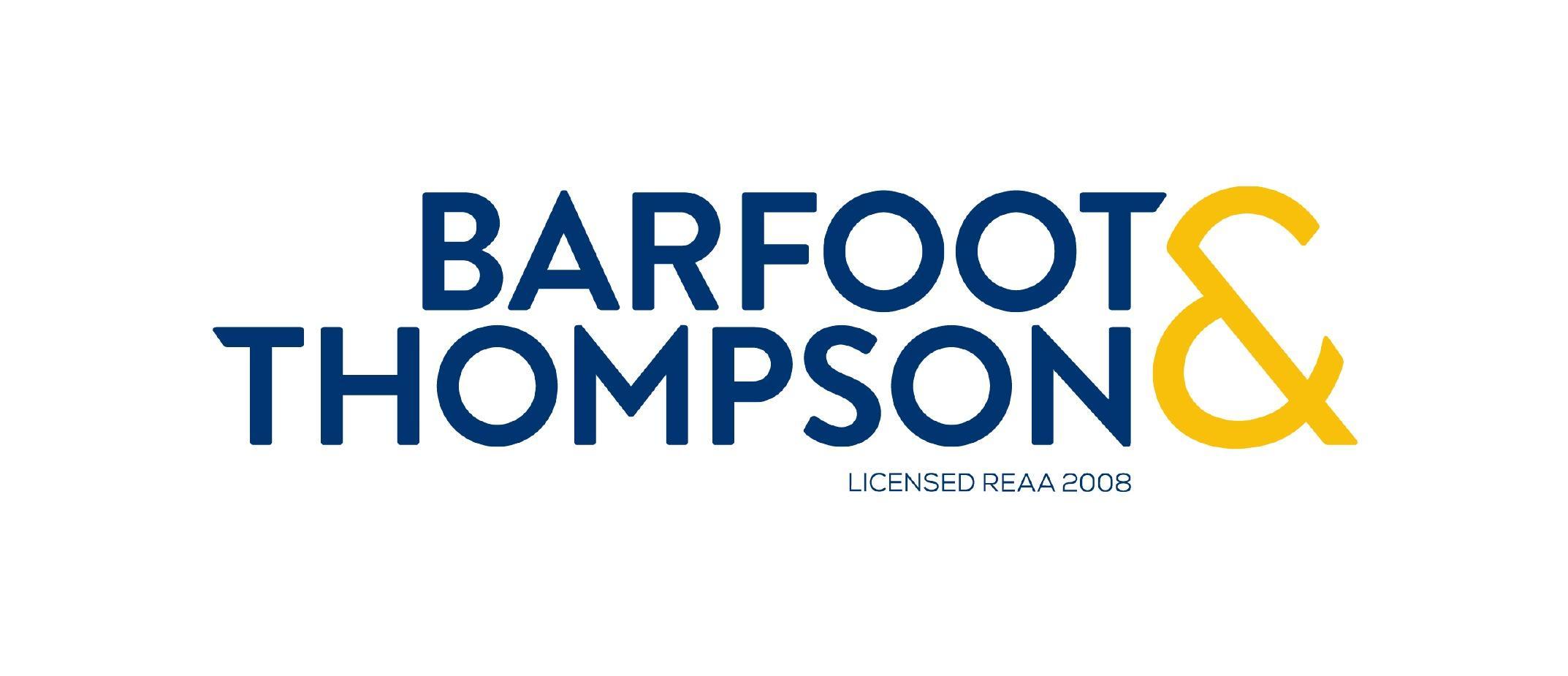A common question that has been circulating in the lead-up to the Residential Tenancies Amendment Act 2020 coming into effect:
Whether a tenancy at a trust-owned rental property can be terminated under s 51(1)(a)?
The current s51(1)(a) requires the landlord to give a 42-day notice to terminate if the owner or any member of the owners’ family intend to move
into the property as a principal place of residence. The amended section increases the notice period to 63 days and requires that the owner/member
of the owners’ family move into the property within 90 days of termination and uses it as the principal place of residence for at least 90 days.
(Two things to note: The section owners not landlords*. The Amendment broadens the definition for ‘member of the landlord’s or owner’s family’.
)
As many rental properties are held by companies or trusts for asset protection and tax purposes, the natural inquiry then is whether tenancies of company-owned
or trust-owned properties are capable of being terminated under s51(1)(a).
In the case of company-owned properties, the answer is fairly straight forward. A company is a standalone entity that is separate and distinct from its
directors and shareholders. It is incapable of having family members. Tenancies at company-owned properties cannot be terminated under s51(1)(a).
The same logic does not apply comfortably to trust-owned properties. On a strict interpretation, a trust is a ‘bundle of rights’; rights and bundles are
incapable of having family members so s51(1)(a) should have no place in a trust-owned tenancy. But what about trustees who are beneficiaries and their
family members who are also beneficiaries of the trust? The right answer becomes a lot less clear.
To complicate the matter more, the Tenancy Tribunal has been inconsistent in its approach.
In Kearns, Heather v Jazmine Lenniston as trustees for the J T Trust [2018] NZTT Porirua 4139127,
the adjudicator held that
... the person seeking to occupy the premises in this case is a trustee – and presumably also a beneficiary… As a trustee, Ms Lenniston is legally (if not beneficially) an owner of the property: her name will appear on the title to the property. On that basis, I am prepared to find that s.51(1)(a) can apply.
Yet the adjudicator in Fitzpatrick, Natasha Sandra and other parties v Trustees Executors Ltd [2018] NZTT Manukau 4125809 is adamant that
There is no ability for a company or trust to give notice pursuant to section 51(1)(a) to terminate a tenancy, as a trust or a company cannot occupy the premises as its principal place of residence, and neither can they have family members who could occupy the premises.
DK Law Director Kristine King says, ‘If the Tribunal is to focus on the beneficiaries then there is
a pathway to have those people considered as family members for the purposes of the section. Especially with the new Trust Act coming in, we are seeing
variations of trust so that the trust beneficiaries are reduced to core family members and elimination of wider general classes of beneficiaries due
to the new disclosure requirements. That would align quite well with these provisions. This, however, wouldn’t work for trusts where the only beneficiary
is another trust (e.g. a trading trust with a family trust as sole beneficiary).’
As with many interpretation issues, we look to the Tenancy Tribunal as the ultimate arbiter and await more orders to eventuate before advising our members
further. What we do know for certain is that the RTAA 2020 has not all of a sudden, put up an impediment for company directors, shareholders and trust
beneficiaries to avail themselves of the protection of s51(1)(a). But the removal of the safety net that is 90-day no-fault termination certainly amplifies
the urgency for property investors to consider, more broadly, the knock-on effects of different ownership instruments. Sign up to our upcoming webinar to learn the best way to structure your rental property portfolio.
We would like to acknowledge Kristine King and the team at DK Law for assisting us with putting this piece together.
* Had s51(1)(a) allow for termination to take place to accommodate the landlord and landlord’s family moving in then an argument could be made characterising
the director of a company and settlor/trustee of the trust as landlords and therefore make way for the termination to occur.













Add Comment